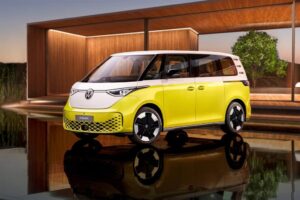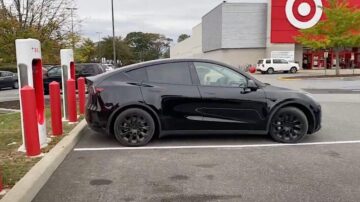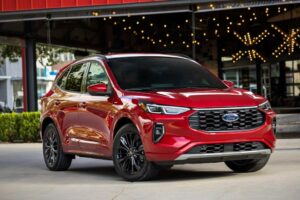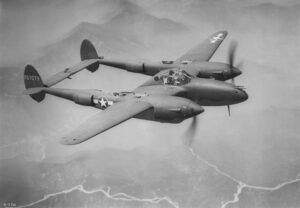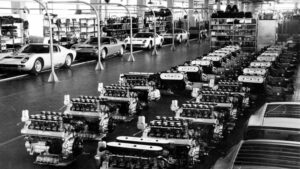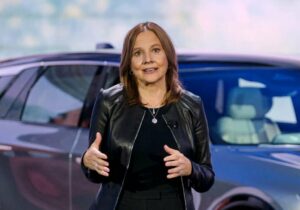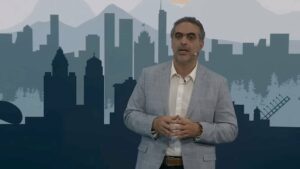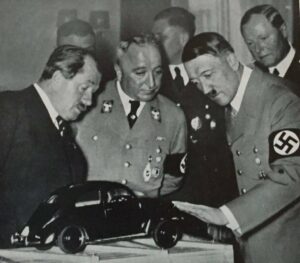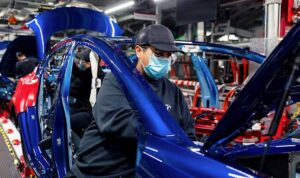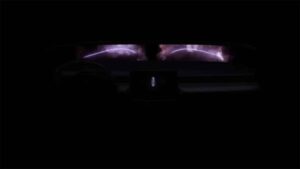Already facing an extended probe that raised questions about Tesla’s semi-autonomous driving technology, federal regulators have launched yet another investigation targeting the company in the wake of a fatal crash involving a Model 3 earlier this month.
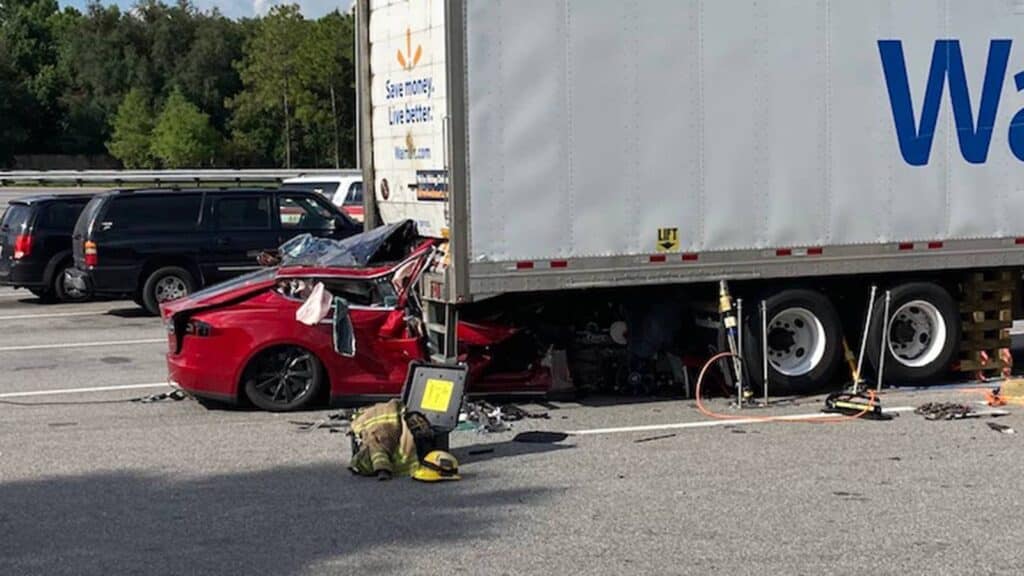
The incident occurred when the electric sedan crashed into a Subaru Impreza July 5 in South Lake Tahoe, California. The driver of the Subaru was killed in the head-on collision. A three-month-old succumbed to its injuries several days later, according to the California Highway Patrol.
The Tesla was believed to be operating in semi-autonomous mode when the crash occurred, that it was not clear if the EV was using the automaker’s Autopilot system or the more advanced Full Self-Driving technology.
A long list of safety probes
The CHP said an investigation is underway. “There are no charges pending at this time. Vehicle and car seat inspections are currently being done,” a spokesperson told Reuters.
Meanwhile, the crash also is triggering a probe by the National Highway Traffic Safety Administration.
Since Tesla introduced Autopilot, U.S. regulators have launched over three dozen investigations involving vehicles using one of the automaker’s semi-autonomous technologies. The largest currently underway is looking into why a number of Tesla vehicles have run into stationary emergency responder vehicles.
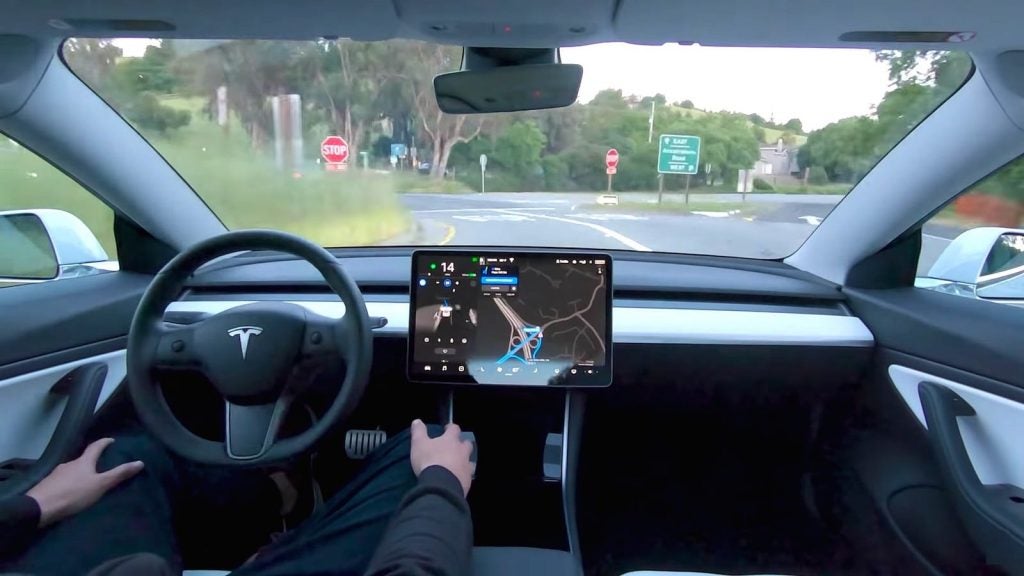
The latest probes
One of the latest probes was launched after a fatal crash of a 2014 Tesla Model S which struck a fire truck in Contra Costa County, California last February. The driver of the EV was pronounced dead at the scene.
Another recent probe was initiated after a 2022 Tesla Model Y struck a 17-year-old getting off a school bus in North Carolina. The student survived but sustained serious injuries.
Additional probes have been conducted by the National Transportation Safety Board.
Potential problems
Tesla has been faulted in some incidents. The first one to gain national attention came as a result of the death of a Navy SEAL in Florida which apparently occurred because the Autopilot system had trouble distinguishing a white semi-truck silhouetted by a bright sky. But the driver also shared blame as he was watching a video on a portable device when the crash occurred.
Tesla’s website advises owners that they must maintain hands on the wheel when using either Autopilot or the FSD system. But social media posts have revealed that drivers frequently ignore that guidance. Some have been captured asleep behind the wheel, others going so far as to climb into the back seat while the vehicle is moving.
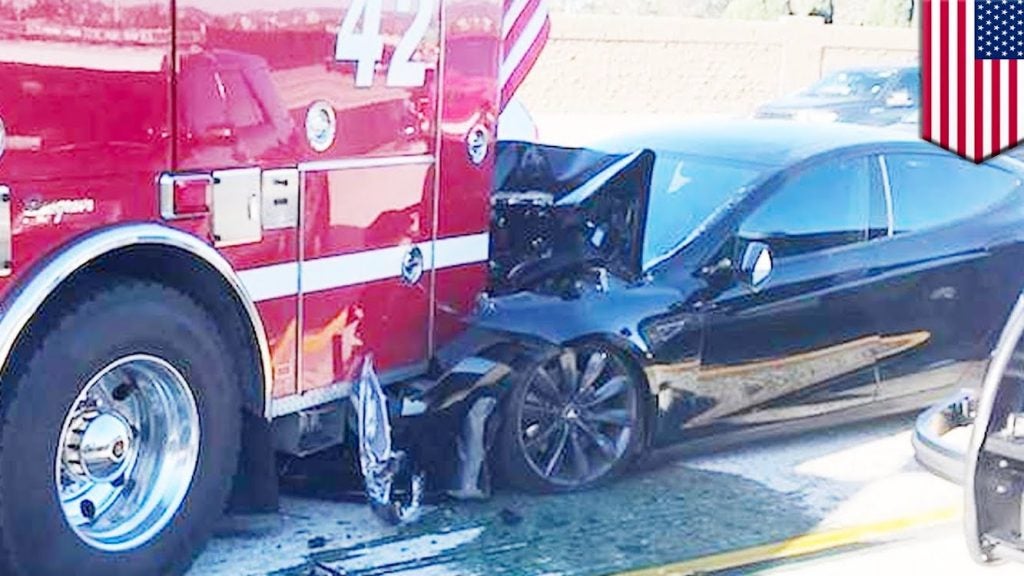
Experts have raised a variety of concerns about FSD and Autopilot. Early models, they note, relied on a “sensor fusion” of cameras and radar sensors. Currently, Tesla vehicles use video technology exclusively, though the automaker recently signaled it may bring back radar. Meanwhile, Tesla only recently — and under heavy pressure from NHTSA — started to equip its vehicles with driver monitoring technology. Competing systems, such as General Motors’ Super Cruise, will shut down if a motorist isn’t in their seat and paying attention to the road.
Musk disagrees
Autopilot was hailed as a major breakthrough when it was first introduced in 2014. And Tesla CEO Elon Musk has repeatedly downplayed concerns about its reliability, countering that the technology has reduced crashes and saved many lives.
He has also insisted that FSD will take things to a new level. But his long-standing promise that the newer system will go fully hands-free has so far failed to materialize. He recently stated again that he expects to get to that point by the end of 2023.
Competing systems
Tesla isn’t the only manufacturer developing hands-free technologies. Among others, both the Ford BlueCruise and General Motors Super Cruise systems have received higher rankings, according to Consumer Reports magazine.
And the new Mercedes-Benz Drive Pilot system is the first Level 3 system to be approved for use in California. It not only allows a driver to take their hands off the wheel but also to text or watch videos. But it is limited to heavy traffic situations at speeds up to just 30 mph. California regulators are, meanwhile, expected to approve expanded use of fully driverless technologies by ride-sharing services Waymo and Cruise.
- SEO Powered Content & PR Distribution. Get Amplified Today.
- PlatoData.Network Vertical Generative Ai. Empower Yourself. Access Here.
- PlatoAiStream. Web3 Intelligence. Knowledge Amplified. Access Here.
- PlatoESG. Automotive / EVs, Carbon, CleanTech, Energy, Environment, Solar, Waste Management. Access Here.
- BlockOffsets. Modernizing Environmental Offset Ownership. Access Here.
- Source: https://www.thedetroitbureau.com/2023/07/fatal-crash-triggers-yet-another-tesla-safety-probe/
- :has
- :is
- :not
- $UP
- 2014
- 2020
- 2022
- 2023
- 30
- a
- About
- According
- administration
- advanced
- After
- again
- allows
- also
- among
- an
- and
- Another
- approve
- approved
- ARE
- AS
- At
- attention
- Authorities
- autopilot
- back
- BE
- because
- been
- behind
- being
- believed
- board
- both
- breakthrough
- Bright
- bring
- Bureau
- bus
- but
- by
- california
- came
- cameras
- capability
- capable
- captured
- car
- ceo
- charges
- clear
- climb
- company
- competing
- Concerns
- conducted
- consumer
- consumer reports
- county
- Crash
- Crashed
- cruise
- Currently
- Days
- dead
- Death
- developing
- device
- does
- done
- down
- dozen
- drive
- driver
- drivers
- driving
- Earlier
- Early
- either
- Electric
- Elon
- Elon Musk
- emergency
- end
- EV
- exclusively
- expanded
- expected
- expects
- facing
- Failed
- far
- February
- Federal
- federal regulators
- Fire
- First
- florida
- For
- Ford
- frequently
- from
- FSD
- full
- fully
- Gain
- General
- General Motors
- get
- getting
- Go
- going
- guidance
- had
- Hands
- Have
- he
- heavy
- higher
- Highway
- his
- HTTPS
- if
- in
- incident
- initiated
- into
- introduced
- investigation
- Investigations
- involving
- IT
- ITS
- jpg
- July
- just
- lake
- largest
- Last
- later
- latest
- launched
- Level
- Limited
- List
- Lives
- Long
- long-standing
- looking
- magazine
- maintain
- major
- Manufacturer
- many
- max-width
- May..
- Meanwhile
- Media
- Mode
- model
- models
- monitoring
- Month
- more
- Motors
- moving
- Musk
- must
- National
- New
- no
- North
- north carolina
- number
- occurred
- of
- off
- on
- ONE
- only
- operating
- or
- Others
- over
- owners
- paying
- pending
- pilot
- plato
- Plato Data Intelligence
- PlatoData
- Point
- Posts
- pressure
- probe
- promise
- pronounced
- Questions
- radar
- raised
- received
- recent
- recently
- Reduced
- Regulators
- reliability
- REPEATEDLY
- Reports
- result
- Reuters
- Revealed
- ride-sharing
- road
- Run
- s
- Safety
- Said
- scene
- School
- SELF
- self-driving
- self-driving technology
- sensors
- serious
- Services
- several
- shared
- Shut down
- situations
- sky
- So
- so Far
- Social
- social media
- Social Media Posts
- some
- South
- speeds
- spokesperson
- Stage
- started
- State
- stated
- Still
- Student
- such
- Super
- Survived
- sustained
- system
- Systems
- Take
- targeting
- Technologies
- Technology
- Tesla
- Testing
- than
- that
- The
- their
- they
- things
- this
- though?
- three
- time
- to
- touted
- traffic
- transportation
- triggering
- trouble
- truck
- two
- u.s.
- under
- Underway
- use
- using
- variety
- vehicle
- Vehicles
- Video
- Videos
- Wake
- was
- Watch
- watching
- waymo
- Website
- Wheel
- when
- which
- while
- white
- will
- with
- yet
- zephyrnet

